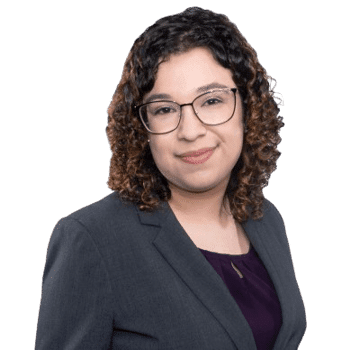Mental Health & Addiction Treatment During COVID

By The Orlando Recovery Center
Editor Melissa Carmona
Last Updated: September 25, 2023
The COVID-19 pandemic has made mental health and addiction treatment services more important than ever. Unfortunately, coronavirus’s contagious nature means that treatment can be harder to come by in some areas. There’s always been a noticeable gap in treatment, even before the pandemic struck: Only 12.2% (2.6 million) of Americans who needed treatment for substance use (21.6 million) received it in 2019.
Addiction and mental health treatment facilities understand there’s now an even greater need for recovery resources. Many organizations have taken steps to make treatment safer and more accessible during the ongoing health crisis.
How COVID Is Affecting Mental Health and Drug Use in Central Florida
In addition to rising coronavirus cases throughout the country, mental health is declining and substance use is increasing — especially in the Florida region. News outlets have reported 40% increases in opioid overdose rates, and some rehab facilities are seeing people in long-term recovery start to relapse.
The pandemic has also decimated the tourism industry, and a survey of travel-related businesses found that staff reductions were around 73% in April. The cancellations and closings of sporting events, theme parks and other popular destinations contributed to these rising unemployment numbers. Suffering unemployment has been linked to substance use disorders and relapse.
High Demand for Mental Health and Drug Treatment Services
Throughout America, the pandemic is causing high levels of uncertainty, isolation and financial stress — all of which can damage mental health and subsequently lead to substance use, especially in high-risk populations. For these reasons, the demand for recovery resources has skyrocketed. However, some people may fear that going to rehab creates a greater risk of contracting COVID-19.
Is Substance Use Treatment During the Pandemic Safe?
Treatment is an important process that helps improve your chances of long-term recovery. The medical and social consequences of addiction do not stop during a health crisis. Rehab facilities and community-based organizations have been working to adapt their policies to meet new safety needs. For example, Orlando Recovery Center has suspended visitation, implemented comprehensive screening practices, and required face masks for patients and staff. Licensed medical facilities are also held to the highest standards of sanitation and disease prevention. Additionally, Orlando Recovery Center’s telehealth services have helped reduce the amount of in-person interaction and allowed more people to access treatment from home.
Drug Treatment Facilities Offering Increased Safety Protocol
Orlando Recovery Center and The Recovery Village are working to meet the increased demand for addiction and co-occurring disorder treatment in Florida. In addition to exceeding safety guidelines and social distancing requirements at our facilities, we have launched a telehealth service and a variety of online resources that allow people to receive the treatment they need anytime and anywhere. These resources include online recovery meetings, teletherapy apps and insurance verification services.
When looking for a safe treatment center during the pandemic, ensure that the facility:
- Follows safety and sanitary guidelines
- Is limiting visitation and activities that cannot be socially distanced
- Is covered by your insurance plan
- Offers options that reduce in-person contact
- Is accredited and licensed
Insurance Reimbursement for Telehealth
In some states, private health insurance providers and Medicaid will cover some or all costs of virtual treatment services. However, Florida health insurance providers are not required to cover telemedicine services in the same way as in-person services. Still, many do cover some services. Make sure to contact your health insurance provider to ensure that telehealth services are covered under your plan.
Comprehensive Substance Use Treatment in Central Florida
Orlando Recovery Center offers a full continuum of care, starting with medical detox and ending with aftercare that promotes lifelong recovery. Our multidisciplinary team can treat addiction and co-occurring mental health disorders, ensuring that clients can heal in all aspects of their lives. Our therapists and addiction specialists are also well-equipped to provide professional treatment remotely, allowing clients to receive the help they need from the comfort of their own homes.
If you or someone you love is struggling with a substance use disorder or co-occurring mental health condition, Orlando Recovery Center is here to help. Contact one of our helpful representatives today to learn about treatment plans and programs that can work well for your situation.
Sources
Centers for Disease Control & Prevention. “Holiday Celebrations.” September 21, 2020. Accessed October 9, 2020.
Delish. “Scary-Good Halloween.” Accessed October 9, 2020.
Jokic, Natasha. “12 Nonalcoholic Halloween Drinks That Are Legit Delish.” Cosmopolitan, July 9, 2019. Accessed October 9, 2020.
Rotten Tomatoes. “Top 100 Horror Movies.” Accessed October 9, 2020.

 Insurance
Insurance About Us
About Us Our Facility
Our Facility Admissions
Admissions Programs
Programs Medical Detox
Medical Detox Inpatient Rehab
Inpatient Rehab Aftercare & Recovery
Aftercare & Recovery